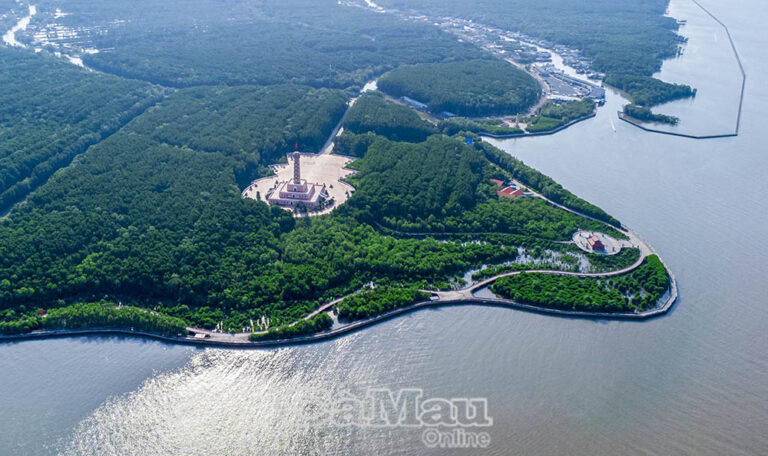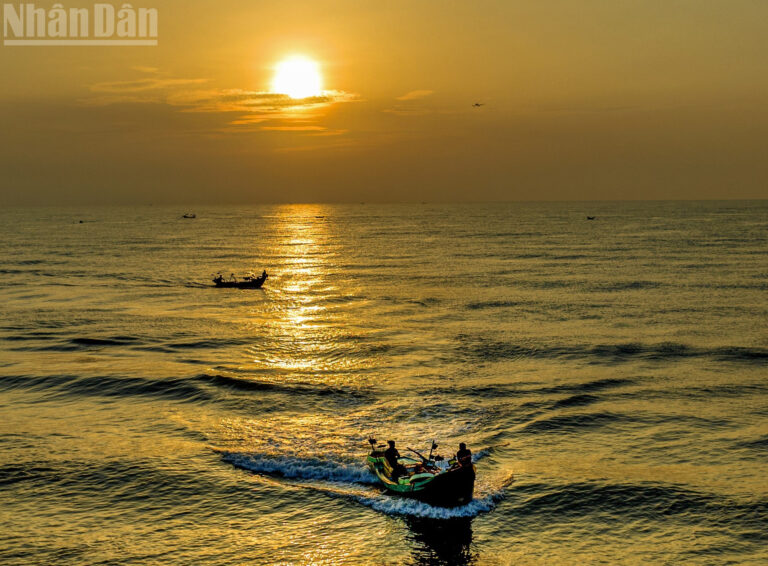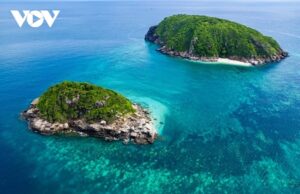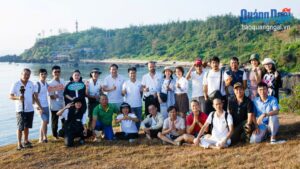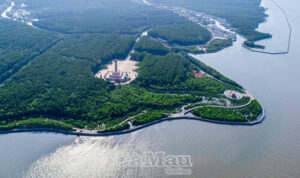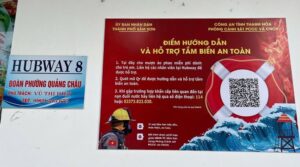The Muong ethnic minority people in Hoa Binh province rely on their traditional bamboo-strip “Doi” or “Roi” calendarto schedule daily activities, agricultural production, community ceremonies, and festivals.
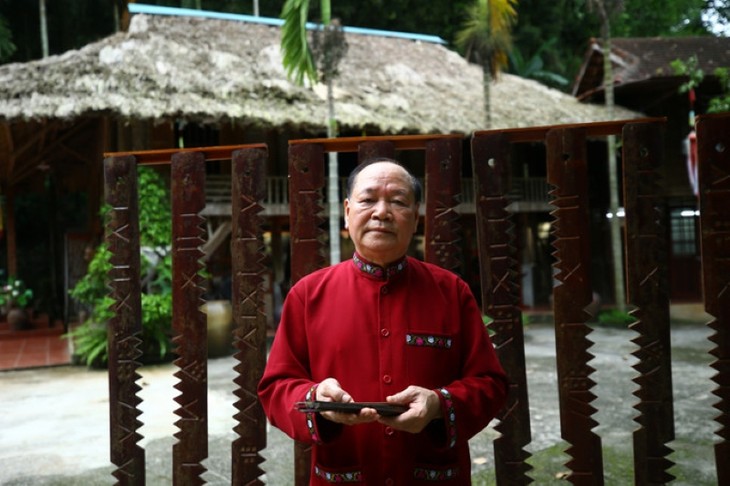
Bui Thanh Binh, Director of the Muong Cultural Heritage Museum. (Photo: An Thanh Dat/ dantocmiennui.vn)
The “Doi” calendar consists of 12 bamboo strips, each engraved with marks of days and months, and symbols of natural phenomena. The symbols vary among Muong communities due to local conventions. Generally, a bamboo strip calendar has three sections: the month section, marked at the top with a symbol for each month; the day section, with small marks along the side of the strip; and the surface of the bamboo strip indicating natural events such as rain, wind, or storms, "loss days",which are unfavorable for trade, and "fish days", which are ideal for fishing.
Bui Thanh Binh, Director of the Muong Cultural Heritage Museum, said the Doi calendar divides each day into 16 hours, with each calendar hour equivalent to 1.5 actual hours. Time is measured by natural phenomena such as roosters crowing, sunrise, midday, sunset, and the sleeping time of living things.
A day starts when a rooster crows (between 2:00 AM and 4:00 AM). The Doi calendar is the result of generations of accumulated knowledge, including observation of the lunar cycle and the movements of the stars.
“The Muong people place great importance on spiritual and cultural traditions. Before the introduction of lunar and solar calendars, they relied on the bamboo calendar. A traditional Muong proverb says: ‘Steamed rice, stilt houses, carried water, singed pigs, days move backward, months move forward.’ ‘Days move backward, months move forward’ describes the Muong way of measuring time, compared to the solar calendar,” said Binh.
The Muong’s bamboo calendar calculates the movement of Roi or Tua Rua stars, referring to the star cluster M45 Pleiades in the Taurus constellation.

Bui Thanh Binh introduces the Muong's bamboo calendar displayed at the Muong Cultural Heritage Museum. (Photo: An Thanh Dat/ dantocmiennui.vn)
“In the Muong calendar, days move back by one, while months advance by three. This system is based on the movements of the moon and the Roi stars and shows the Muong’s calculation of probable auspicious and inauspicious days. They believe there are lucky days for weddings, building houses, and other affairs. For example, ‘animal days’ are good for hunting; and 'fish days' are good for fishing. All activities are scheduled based on the Doi calendar,” Mr. Binh said.
Each Muong community developed their own bamboo calendar. Hoa Binh province still preserves bamboo calendars hundreds of years old, made by the Muong Vang and Muong Bi.
“The Muong calendar considers the first ten days of the month the root, the middle ten days the body, and the last ten days the top. It reflects the growth cycle of a plant with a root, trunk, and a top of leaves and flowers,” said Bui Chi Luong of Kim Boi district.
The Doi calendar of the Muong was honored as a National Intangible Cultural Heritage in 2022.
Giang Seo Pua - Vinh Phong


